Surge in Online Education
The expansion of online education platforms has significantly influenced the Home Webcam Market. Educational institutions are increasingly adopting digital learning environments, necessitating the use of webcams for virtual classrooms. This trend has resulted in a substantial increase in webcam sales, with estimates suggesting a market growth of around 20% in the education sector alone. Home webcams are essential for facilitating interactive learning experiences, enabling students to engage with instructors and peers effectively. As educational institutions continue to embrace technology, the demand for high-quality webcams is expected to rise, further propelling the Home Webcam Market. This shift not only benefits students but also creates opportunities for manufacturers to innovate and enhance their product offerings.
Increased Remote Work Adoption
The rise in remote work has led to a notable increase in demand for home webcams. As more individuals work from home, the need for effective communication tools has surged. The Home Webcam Market is experiencing a shift, with a projected growth rate of approximately 15% annually. This trend indicates that consumers are prioritizing high-quality video conferencing solutions to maintain productivity and collaboration. Companies are investing in advanced webcam technologies to meet this demand, which includes features such as high-definition video, noise cancellation, and enhanced lighting. The integration of these features is likely to drive further growth in the Home Webcam Market, as users seek reliable and efficient tools for their professional needs.
Growing Popularity of Content Creation
The rise of content creation, particularly through platforms like YouTube and Twitch, has emerged as a significant driver for the Home Webcam Market. Content creators require high-quality video equipment to produce engaging content, leading to an increased demand for advanced webcams. The market is projected to grow by approximately 18% as more individuals pursue careers in content creation. Features such as 4K resolution, adjustable frames, and built-in streaming capabilities are becoming essential for creators. This trend indicates that the Home Webcam Market is not only catering to professional needs but also to the creative aspirations of individuals. As the landscape of digital content continues to evolve, the demand for innovative webcam solutions is likely to expand.
Enhanced Security and Surveillance Needs
The growing emphasis on home security has contributed to the expansion of the Home Webcam Market. Consumers are increasingly utilizing webcams for surveillance purposes, seeking to monitor their homes remotely. This trend has led to a projected increase in sales of webcams designed specifically for security applications, with estimates suggesting a growth rate of around 12% in this segment. Homeowners are looking for features such as motion detection, night vision, and cloud storage capabilities. As safety concerns continue to rise, the demand for reliable and high-quality webcams is expected to grow, driving innovation within the Home Webcam Market. Manufacturers are likely to respond by developing more sophisticated products that cater to these security needs.
Advancements in Technology and Connectivity
Technological advancements in connectivity and video quality are playing a crucial role in shaping the Home Webcam Market. The introduction of 5G technology is expected to enhance streaming capabilities, allowing for smoother video transmission and improved user experiences. This development may lead to an increase in webcam adoption, as consumers seek devices that can leverage faster internet speeds. Additionally, innovations in image processing and artificial intelligence are likely to enhance the functionality of webcams, making them more appealing to users. The Home Webcam Market is poised for growth as these technological advancements create new opportunities for manufacturers to develop cutting-edge products that meet the evolving needs of consumers.


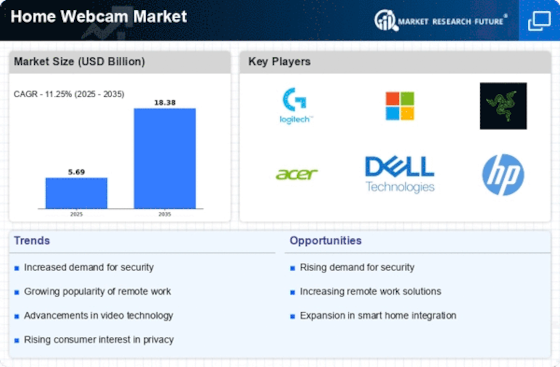
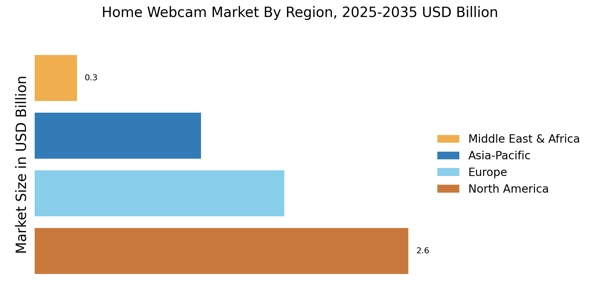

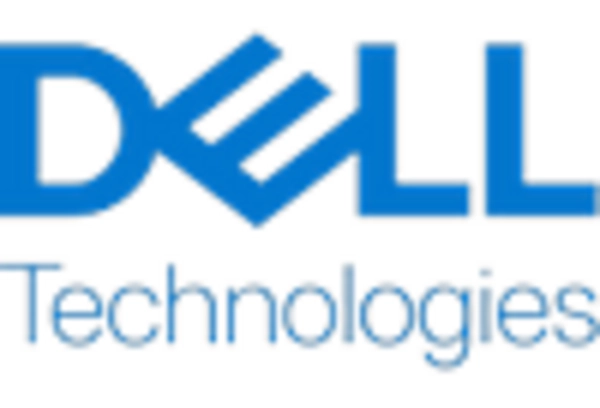
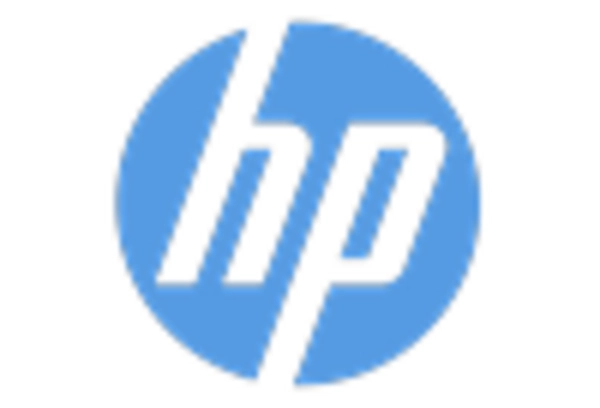
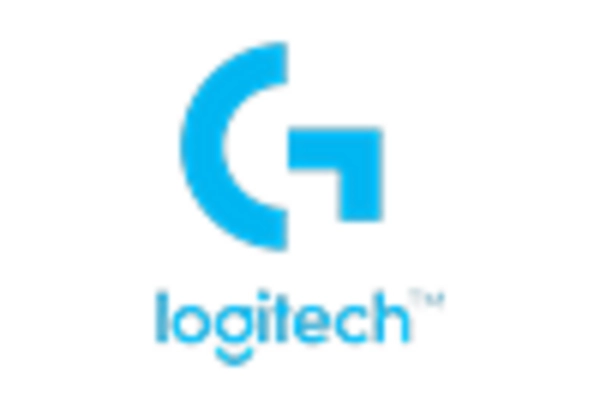










Leave a Comment